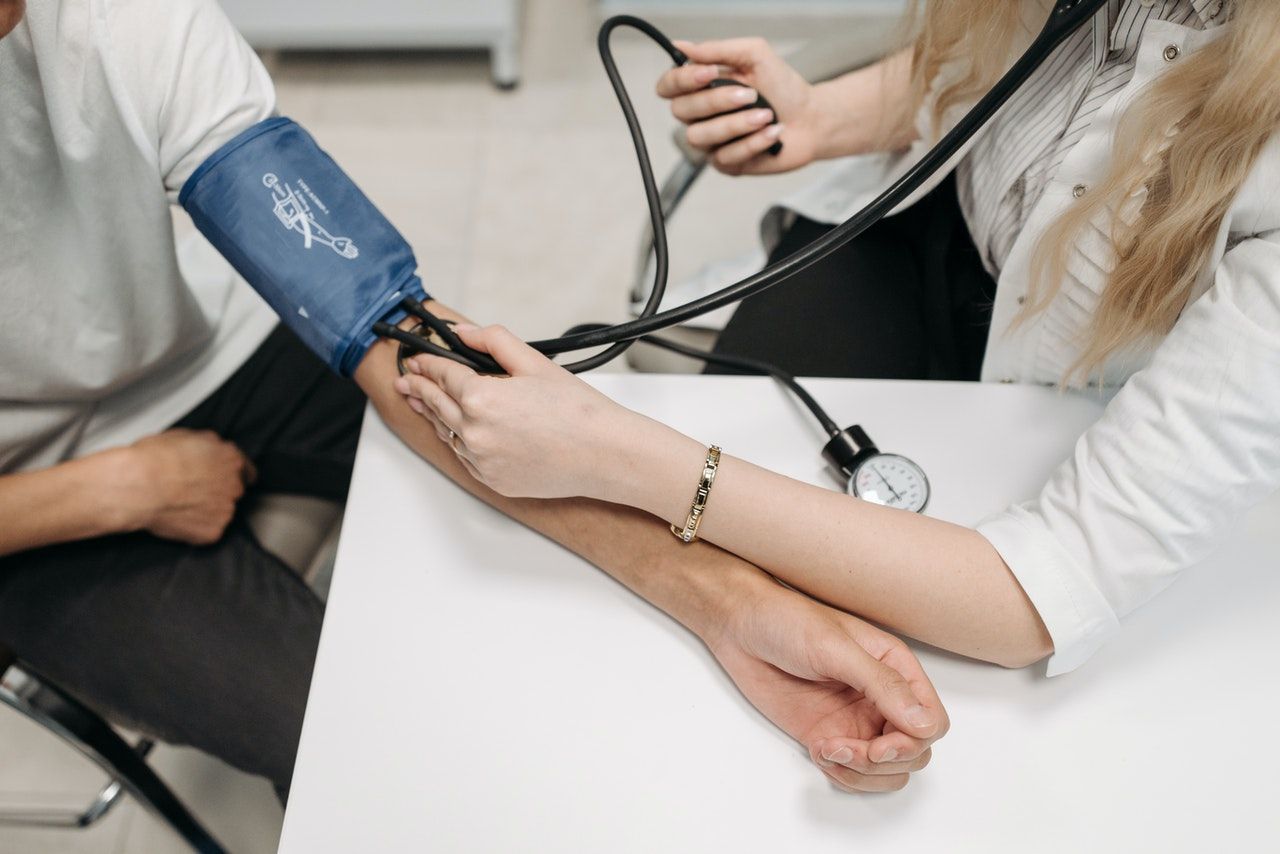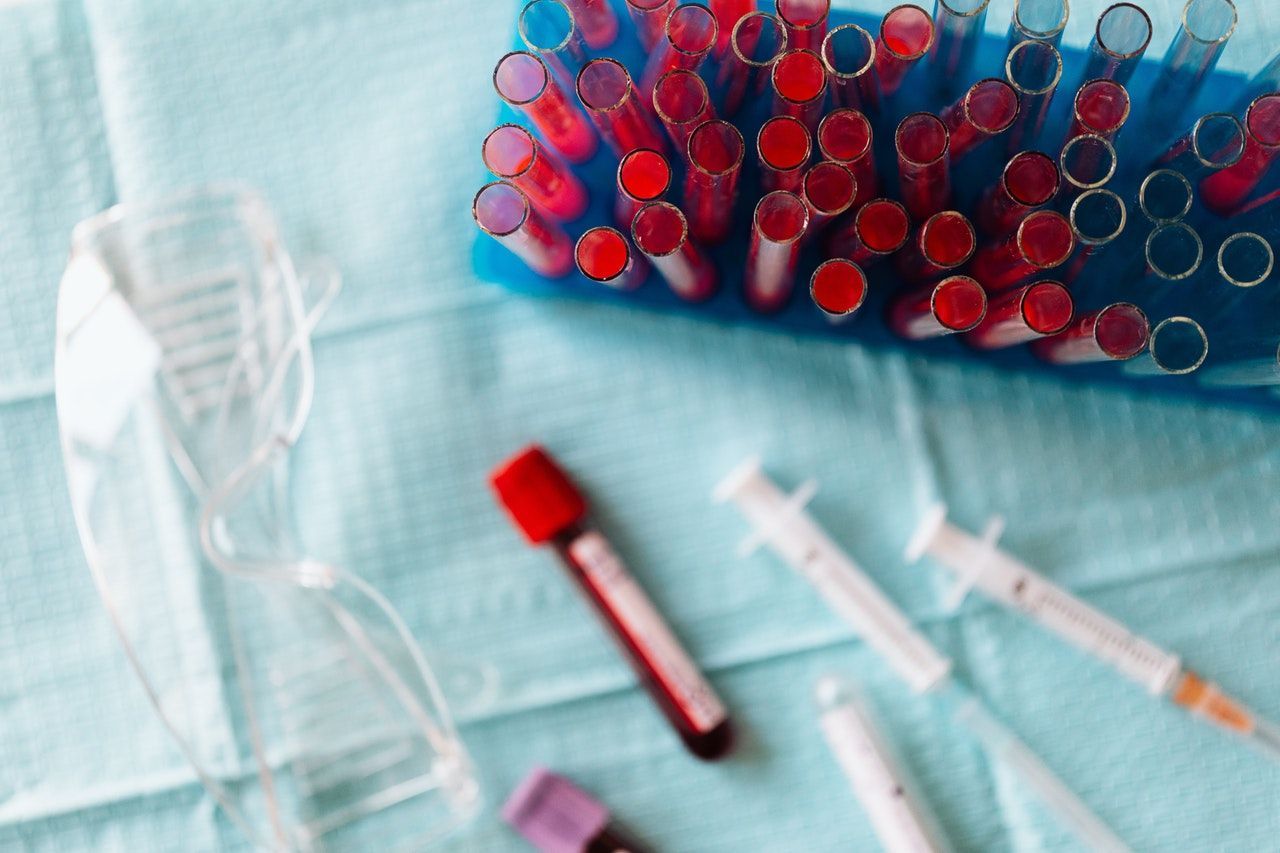
Blood Pressure Measurement
Blood pressure (BP) measurement is one of the vital signs used in assessing patients. It is the pressure exerted by circulating blood on the arterial vessel walls. It is often very useful in determining a patient's clinical condition. For example, a hypotensive patient may be septic from an infection or it may be due to volume depletion due to dehydration or blood loss. Along with other vital signs blood pressure monitoring is one of the cornerstones used in assessing a patient's clinical condition. In this OSCE station it is important to a good knowledge and understanding of what the blood pressure readings indicate as well as correct technique to get accurate measurements.
Equipment
- Sphygmomanometer - ensure it is has the correct cuff size for the patient.
- Stethoscope.
Introduction
1. Wash hands
Wash your hands using the Ayliffe technique
2. Introduce yourself
Introduce yourself and give your name and grade
3. Check patient details
Clarify patient's identity by confirming name and asking for their DOB
4. Describe procedure
Explain what you will be performing and what it involves
5. Gain verbal consent
Pre-Procedure
1. Expose the patient's arm (removing any tight fitting clothing).
2. Ensure the patient's arm is resting on a table/pillow.
3. Apply cuff to the patient's upper arm ensuring the arrow/marker is in line with the brachial artery (palpate to ensure position is correct).
Procedure
Initial estimate of systolic blood pressure:
1. Palpate the radial artery (wrist).
2. Inflate the cuff until the pulse is no longer palpable.
3. The reading should be noted and is the rough estimate of the systolic blood pressure.
Measurement:
1. Palpate for the brachial artery below the cuff and remember this point.
2. Re-inflate cuff to 30 mmHg above the estimate for the systolic blood pressure.
3. Place stethoscope on site of brachial artery and auscultate.
4. Deflate the cuff slowly at a rate of 2-3 mmHg per second.
5. Note the measurement when you hear the first pulsatile sound.
a) This is the first Kortkoff sound.
b) This is when the pressure is equal to the systolic blood pressure
6. Continue to deflate cuff slowly until the pulsatile sound completely disappears.
a) This is the fifth Kortkoff sound (silent)
b) This occurs when the pressure is equal to the diastolic blood pressure.
7. Deflate cuff quickly thereafter and remove it from patient's arm.
8. Record the blood pressure reading into the patient's notes.
End of Procedure
1. Thank patient
Let the patient know you have finished examining them and thank them for their time.
2. Accurate documentation
Ensure that you have documented the patient’s blood pressure.
3. Repeat if abnormal
If there are any abnormalities in the blood pressure (hypertensive/hypotensive) repeat on the opposite arm after a few minutes.
4. Summarise and plan next steps
If still hypertensive explain next steps - home BP monitoring/antihypertensive. Summarise key points to the patient.
Doctor Khalid Newsletter
Join the newsletter to receive the latest updates in your inbox.




